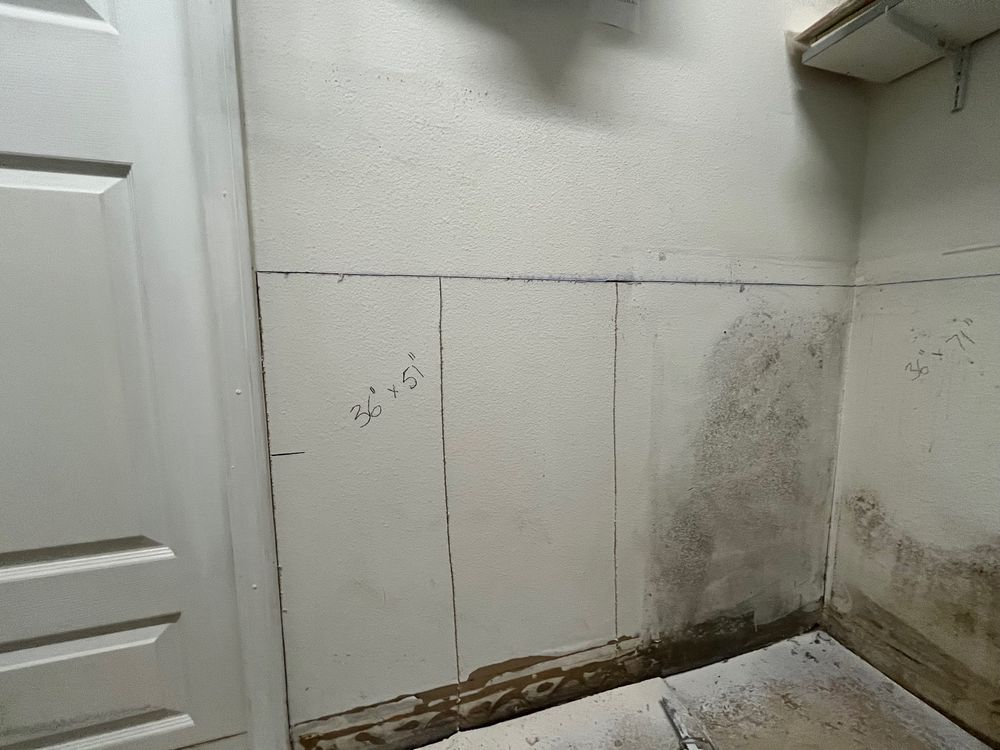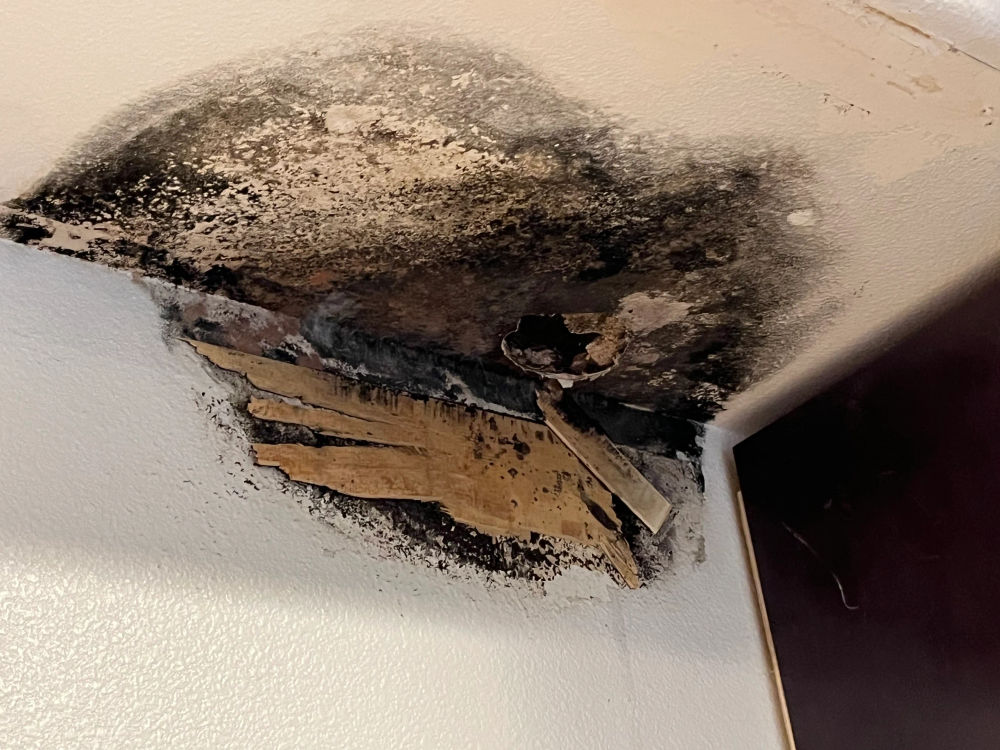Is It Dust or Is It Mold? Here’s How to Tell the Difference in Your Home
Learn to tell the difference between dust and mold in your home. Understand key identifiers and know what to do if you suspect mold.

Mold & Water Damage Experts in Southern California
When you see black or gray spots around your air vents, baseboards, or ceilings, your first thought might be:
“Is that just dust… or something worse?”
Mold and dust can look surprisingly similar, but knowing the difference is crucial for your health — and your home. Mold can spread quickly, cause allergies, damage your property, and even affect indoor air quality.
In this blog, we’ll break down the differences between dust and mold, where to look, and what to do if you suspect mold is growing in your home.

🕵️♂️ Dust vs. Mold: What’s the Difference?
Color: Dust is usually light in color — gray, white, or tan. Mold, on the other hand, can appear black, green, brown, or even gray and tends to look darker and more concentrated.
Texture: Dust feels dry and powdery, while mold is often slimy, fuzzy, or has a wet, spotty appearance.
Smell: Dust typically has no noticeable odor. Mold, however, gives off a strong musty or earthy smell, especially in enclosed or damp areas.
Location: Dust collects on open, dry surfaces like shelves, fans, or electronics. Mold tends to grow in damp or humid places — think bathrooms, under sinks, around windows, or near leaks.
Spread Pattern: Dust settles evenly and loosely. Mold usually appears in irregular patches or clusters and may continue to grow if the underlying moisture issue isn’t addressed.
🧼 Try This Simple Test
Wipe the area with a cloth
If it wipes away easily and doesn’t come back soon, it’s likely dust.
If it smears or grows back quickly, it could be mold.
Check for moisture
Mold needs moisture to grow. If the area is near a leaky window, under a sink, around a shower, or by a slab — that’s a red flag.

🤧 Why It Matters: Health Risks of Mold
Dust can cause sneezing, especially if you're sensitive. But mold exposure can trigger:
Persistent coughing or wheezing
Itchy eyes, skin irritation
Worsened asthma or breathing issues
Headaches or fatigue
Prolonged mold exposure can be especially harmful to children, the elderly, and anyone with weakened immune systems.
🛠️ What to Do If You Suspect Mold
Don’t just paint over it — mold needs to be professionally removed to keep it from spreading.
At Clear Coast Restoration, we use:
Moisture meters & thermal cameras to detect hidden mold
AI-powered tools for smart mold mapping and reporting
HEPA filters and air scrubbers to clean indoor air
Safe removal & remediation techniques to fully treat the area
📍 Serving Rancho Cucamonga, Moreno Valley & All of SoCal
Whether it’s just a dusty corner or the start of a mold problem, our team offers free inspections to give you answers fast.
🧽 Still not sure if it's dust or mold?
Let Clear Coast Restoration take a closer look.
📞 Call now or send us a photo — we’re here to help.